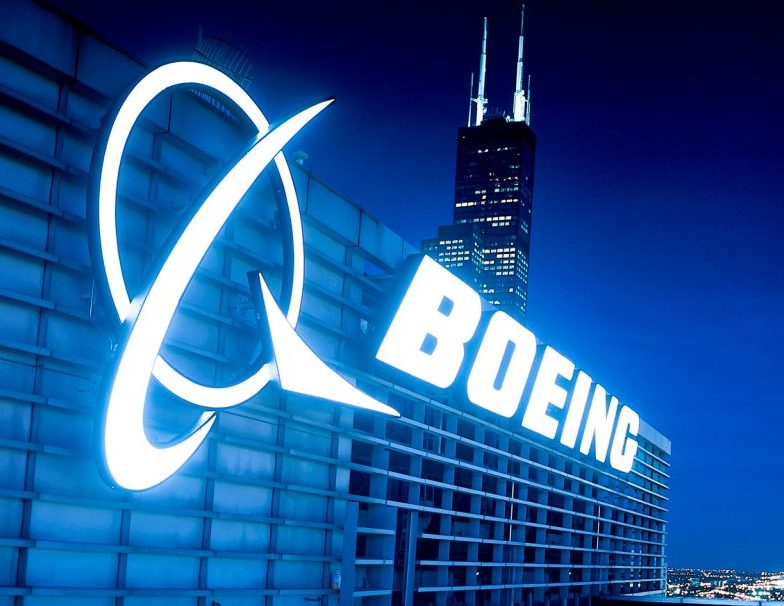Boeing restructuring for Geostationary business
June 4, 2024

The high-flying geostationary satellite business is in the doldrums. Worse, Boeing Satellite Systems, which with its then popular 701 and 702 models (developed from its acquisition of Hughes Electronics back in 2000), once played a vital part of many major satellite operator’s fleets.
However, in 2023 – according to Marc-Henri Serre SVP at Thales Alenia Space – only a dozen geostationary communications satellites were ordered. Analysts at Euroconsult say that it expects a similar number to be ordered annually from this year onwards. Indeed, the rate of orders has declined steadily since 2009 when 23 satellites were ordered that year.
This is bad news for the likes of Boeing, Airbus, Thales, Maxar/MDA and the other suppliers of high-flying and expensive geostationary craft. The focus these days is on low Earth orbiting satellite constellations. Even the geostationary market has changed dramatically with newer technology and the emergence of highly specified ‘software defined’ satellites.
Boeing now says that it is ready to use its well-developed software defined satellite technology, already in use by SES on its mPOWER mid-Earth orbiting fleet, for a wider deployment.
Josef Bogosian, Boeing’s VP/business development, says Boeing is ready to join Airbus and Thales Alenia Space in a determined hunt for extra commercial orders. He says there is still demand from commercial satellite operators. But with each satellite costing around $250 million (with launch and insurance costs) buyers need flexibility. The US Space Force, for example, has just given Boeing an order for a special GEO satellite incorporating the functions of Boeing’s mPOWER technology, at a cost of $439 million.
Airbus and Thales have met the new challenges with software controlled multiple beam satellites. Each mPOWER craft has 5,000 such beams, each capable of being individually targeted and highly-flexible in that a satellite can more easily be adapted region by region when in geostationary mode.
Boeing now says that the 5,000-beam model can be extended to “hundreds of thousands” of beams, and thus massive flexibility, and while not quite ‘mass-produced’, certainly bringing the cost down.
Boeing still has to complete a major order from SES for mPOWER satellites. SES has a total of 26 satellites in its Mid-Earth orbiting slots, and is adding to that fleet with new mPOWER craft. It has seven of the Boeing-built mPOWER satellites to be launched by 2026.
Other posts by Chris Forrester:
- Terran Orbital in ‘non-compliance’ with NYSE
- ESA contemplates major rule change
- Alpine Space raises $155m for tech fund
- Astra 1P waits on launch pad
- Belgium to build 500 satellites per year
- IRIS2 facing complications
- Virgin Galactic’s reverse stock split
- Intelsat bankruptcy: “Case closed”
- India’s billionaires gain advantage over Musk
